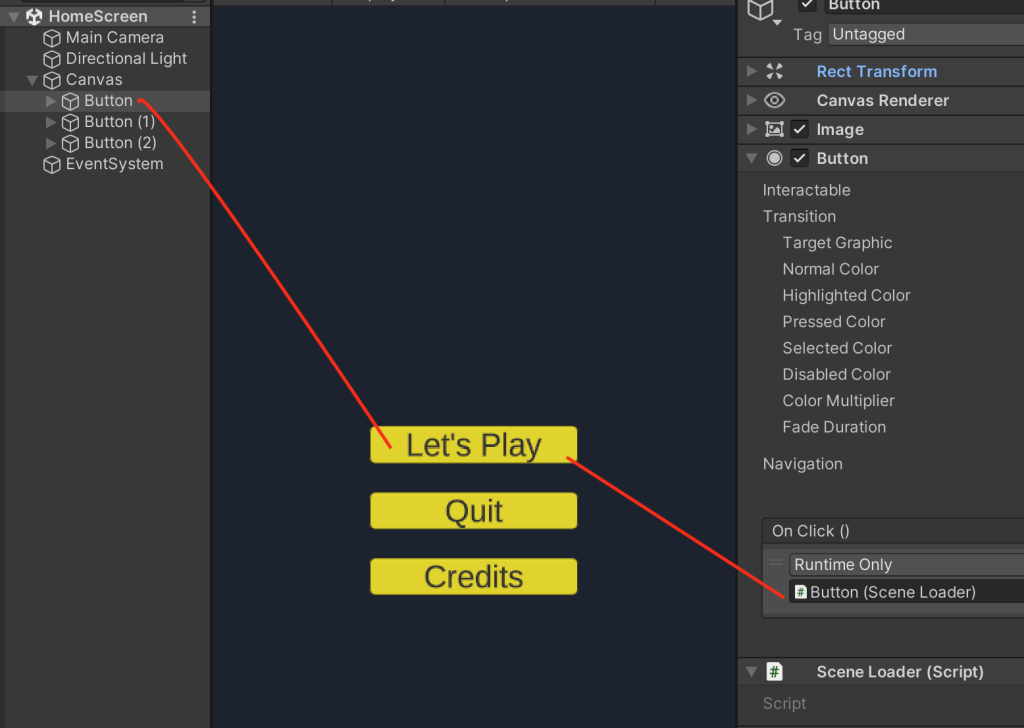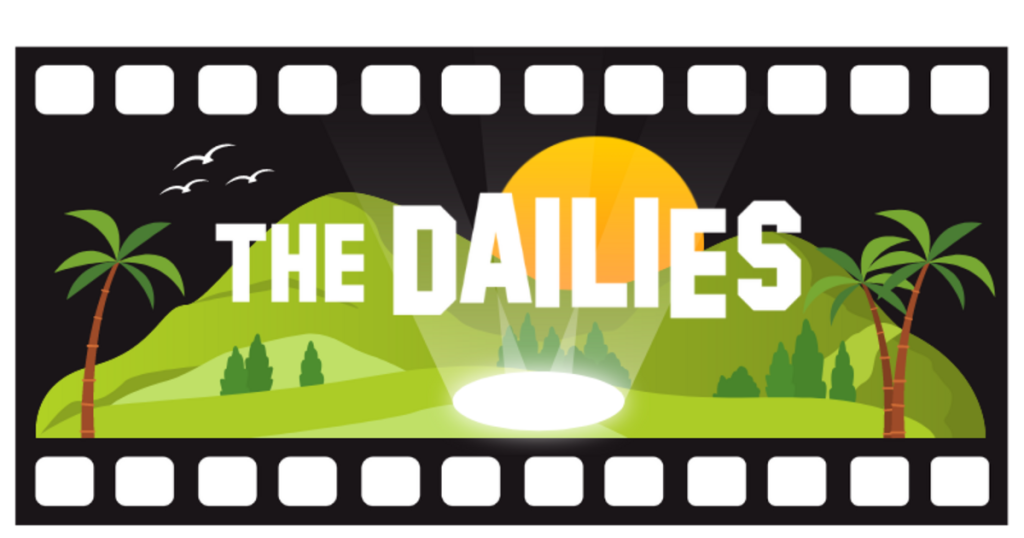Class hours: 10:05 – 2:45
Mr. Bohmann | wbohmann@ewsd.org
10:05 Today’s Notes & Attendance
Week 36
- If you are counting, we are in to the final two weeks of (academics) school and then one final week of end of year activities.
- May 30th SkillsUSA Test – Study Guide – 10am in Conference Room (Josh, Alex, Miah)
- Week 36 – Game Project – Core Mechanic/Testing
- Week 37 – Game Project Testing/Publishing/Game Jam – all work due Friday, June 7th by end of school day
- Week 38 – End of Year activities
- Monday – Web Professionals Certification Exam
- Tuesday – Movies
- Wednesday – Clean up and Game Day
- Thursday – Final Day of CAWD2 – Final Clean up and Recognition Night Practice and Recognition Night
10:10 Monday Mail (On a Tuesday)

10:12 Cawd Game Studio Worksession
Remember: You are working towards a playable prototype.
| Date | Week | Deliverable | Software Development Cycle |
|---|---|---|---|
| One | Project Intro, Game idea generation, pre-planning | Planning | |
| Two | Game Design Document, Asset creation / Coding | Analysis / Design | |
| May 28th – May 31st | Three | GUI, Movement, Core Mechanics Goal: (your player should be moving in your world, You have a start screen and credits screen and your core mechanic is working. | Design / Implementation/Testing |
| June 3rd – 5th | Four | Prototype with game play | Testing/Maintenance / Publishing/Evaluation |
| June 6th -7th | Game Jam | Evaluation |

The design phase is where requirements are transformed into concrete, detailed plans to help you write code. Given certain requirements, there could be many possible approaches to meeting those requirements. A design document will describe exactly how the program will be written, including details such as:
- How your player needs to move
- What kinds of input and output need to be displayed on the screen
- How many levels / design need to be created to challenge the player
- How to show your win / lose conditions
The Implementation phase begins once the program requirements and design are clearly understood and documented. It’s at this point where you can begin to write the code to meet those requirements. The design document provides guidance on exactly how to create the game, so you should reference what you wrote.
In most cases, this phase includes a development of a prototype (1 level with gameplay)
Most of the projects we programmed in class started at the implementation phase because the requirements and design were already determined by me ahead of time. I took time in my lessons to go through the planning and design phases.
5 Minute Scrum Meetings / Update Trello Boards
Remember a good meeting is quick and on target. What am I working on today, What help do I need. Those are the questions you should be responding to in your group or individually.
Home and Credit Screens – CAWD Final Project

One of the requirements of your final game is UI for a Home Screen and a credits Screen.
The easiest approach is to go back and look at what we did in class already and use the same approach for your game. My recommendation is that today, you pause production and development so you can create these required assets. Refer back to the dayplan from Tuesday, May 7th. We did this together.
Your Home Screen should be the first scene that starts when your game begins. It will include:
- Title of your Game
- Button to Play the game
- Button to go to the Credits Scene
Your Credits Screen should include:
- Title of your game
- Game credits – hey! pat yourself on the back
- Button to return to the home screen
Finish building out your UI screens. I’ll circle around and support. Done is better than perfect. You can make the UI’s nicer, fancier and more exciting – so just focus on functionality right now. Updating your UI is part of the development process. If you have your UI done – let me mark you off on the board!
10:50 Break

11:00 English with Mx. Yopp

12:00 CAWD STUDY GUIDE

12:25 – 12:55 Lunch

12:55 Independent Reading

1:20 Break

1:30 Game Dev – Power Hour
- We have some visitors touring through today – from Shelburne
- UI Screens
- Game Dev Time
2:40 Dailies

Dailies can be placed in the CAWD2 Dailies Folder on the CAWD2 Public Folders drive